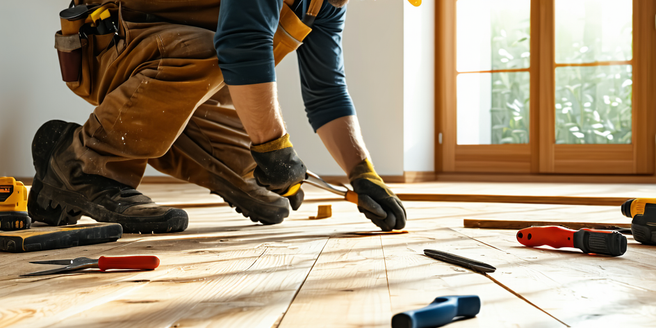
Identifying Potential Hazards in Your Home
Ensuring your home is free from potential hazards is crucial to maintaining a safe environment. Begin by inspecting your electrical systems for faulty wiring, overloaded outlets, and damaged cords. Check that all smoke and carbon monoxide detectors are operational and have fresh batteries. Look for loose floorboards or slippery rugs that could cause trips or falls. Assess the storage of chemicals and cleaning products, ensuring they are out of reach of children and pets. Evaluate the safety of stairways and decks, making sure railings are secure. Regularly review these areas to identify new risks, particularly after any renovations or additions. Attention to these details can significantly minimize the risk of accidents and injuries, creating a safer living space for everyone.
Essential Safety Equipment Every Home Needs
Every home should be equipped with essential safety items to protect its occupants. Smoke detectors should be installed on every floor and inside bedrooms, ensuring quick notification in case of a fire. Carbon monoxide detectors are critical in preventing poisoning from invisible, odorless gas. Fire extinguishers, ideally multipurpose ones, should be easily accessible, especially in the kitchen and garage. A well-stocked first aid kit can address minor injuries and should include items like bandages, antiseptic wipes, and pain relievers. Flashlights with spare batteries are crucial for power outages. Finally, a sturdy ladder can enhance safety during repairs or emergencies. Regular checks and maintenance of these items ensure they’re ready when needed.
Childproofing Tips for Families with Young Children
For families with young children, childproofing is vital in preventing accidents. Start by installing outlet covers on all accessible electrical outlets to prevent electric shocks. Secure heavy furniture like bookshelves and TVs to walls to prevent tip-overs. Use safety gates to block off stairways and other hazardous areas. Cabinet locks are essential for keeping children away from cleaning supplies and medicines. Corner protectors on tables and countertops can prevent head injuries. Ensure cords from blinds and curtains are out of reach to avoid strangulation hazards. Regularly review your home from a child’s perspective to address potential dangers you might have overlooked.
Fire Safety: Prevention and Preparedness
Fire safety readiness can significantly reduce risk and improve outcomes during a fire. Start by ensuring smoke alarms are installed in all key areas and check them monthly. Develop a family escape plan, practicing it regularly so everyone knows how to react quickly. Keep flammable items like curtains and upholstery away from space heaters and ensure the kitchen is never left unattended when cooking. Consider installing a sprinkler system for an added safety layer. Regularly clean dryer vents and chimneys to prevent build-up that can ignite. Having a fire extinguisher on every floor and knowing how to use it can be life-saving in an emergency.
Securing Your Home Against Intruders
Securing your home against intruders is a priority for ensuring personal safety and protecting belongings. Begin by installing robust locks on all doors and windows and using deadbolts for added security. Motion-sensor lights around the property’s exterior can deter potential criminals by eliminating dark hiding spots. Consider investing in a security system with cameras for real-time monitoring. Reinforce doors with solid hardware and consider doorbell cameras for additional surveillance. Keep your landscaping trimmed, so trees or shrubs don’t provide cover for intruders. Get in the habit of locking doors, even when home, and encourage neighbors to look out for each other’s properties.
Routine Maintenance for Long-term Safety
Maintaining your home ensures long-term safety. Begin with regular inspections of the roof and gutters, clearing debris that could cause leaks or ice dams. Check the HVAC system annually to ensure efficient operation and good air quality. Test your plumbing for leaks and signs of mold that could indicate hidden issues. Have the electrical system checked by a professional to avoid shocks and fire hazards. Keep paths and driveways clear of snow and ice to prevent falls. Inspect appliances and cords for signs of wear and repair or replace them as needed. Routine checks and timely maintenance prevent small issues from becoming significant safety concerns.
